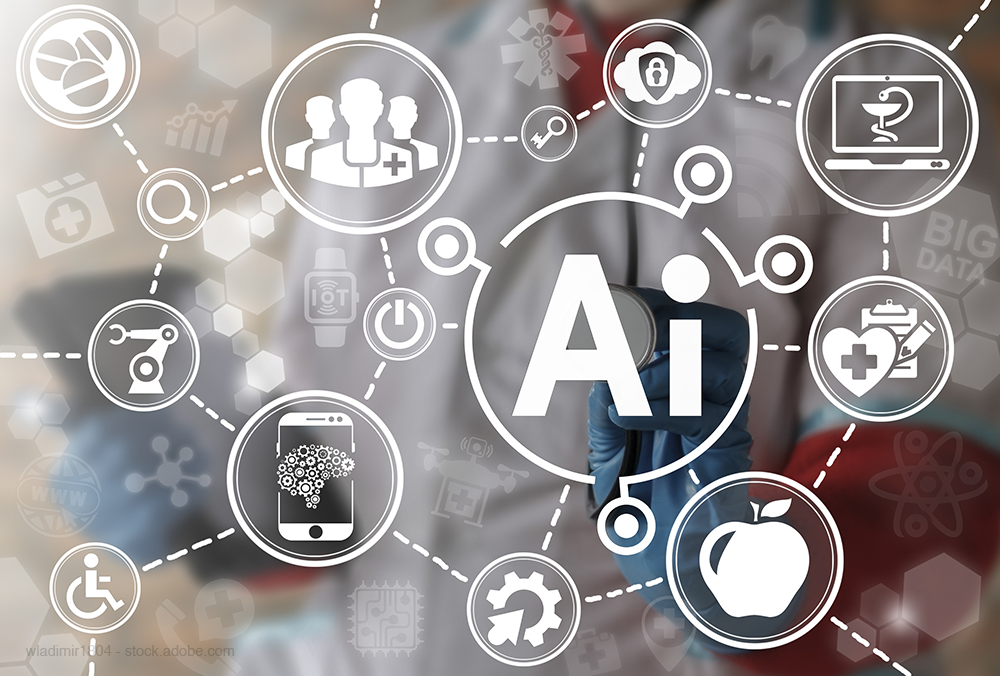Deep Learning Algorithm Aids in Assessing Breast Density
Algorithm may help better predict how likely it is a woman will have cancer in her future.

A deep learning (DL) algorithm can help assess mammographic breast density equal to that of an experienced mammographer, according to a study published in the journal Radiology.
Researchers from Harvard Medical School in Boston and the Massachusetts Institute of Technology in Cambridge, performed a retrospective study to assess the utility and accuracy of such a DL algorithm in reading mammograms.
“We’re dependent on human qualitative assessment of breast density, and that approach has significant flaws,” lead author Constance D. Lehman, MD, PhD, said in a release. “We need a more accurate tool.”
The researchers trained a deep convolutional neural network to assess Breast Imaging Reporting and Data System (BI-RADS) breast density based on the original interpretation by an experienced radiologist of 41,479 digital screening mammograms obtained in 27,684 women. The resulting algorithm was tested on a held-out test set of 8,677 mammograms in 5,741 women. In addition, five radiologists performed a reader study on 500 mammograms randomly selected from the test set.
Related article: How AI Affects Your Finances
The algorithm was then implemented in routine clinical practice, where eight radiologists reviewed 10,763 consecutive mammograms assessed with the model. Agreement on BI-RADS category for the DL model and for three sets of readings were performed by:
- Radiologists in the test set
- Radiologists working in consensus in the reader study set
- Radiologists in the clinical implementation set
The results showed that the DL model showed good agreement with the radiologists in the test set and with radiologists in consensus in the reader study set. There was very good agreement with radiologists in the clinical implementation set.
DL assessments were accepted by the interpreting radiologists for binary categorization of dense or nondense breasts (10,149 of 10,763; 94%)-however, the researchers pointed out that the 6% disagreement was not necessarily machine-error but reader variability.
“The study results show that the algorithm worked remarkably well,” coauthor Regina Barzilay, PhD, a professor of computer science and electrical engineering said in the release. “But what’s more important is that it is being used every day to measure breast density in mammograms at a major hospital.”
The algorithm has the potential to standardize and automate routine breast density assessment, the researchers said. On a broader scale, they see AI as central to the development of personalized breast cancer risk assessment for each woman who undergoes mammography.
AI is uniquely suited to breast imaging because it can draw upon a large, mature database with advanced, structured reporting that links images with outcomes. This predictive power is a potential boon to all women, including groups who have been inadequately served by current prediction models. For instance, research has shown that current predictive models tend to underestimate risk in African-American women.
“With AI, we now have the ability to leverage vast amounts of information into more personalized, more targeted care for our patients,” Lehman said. “In the case of breast cancer, we can better predict how likely a woman will have cancer in her future and improve the chances that it will be treated successfully.”
Emerging AI Algorithm Shows Promise for Abbreviated Breast MRI in Multicenter Study
April 25th 2025An artificial intelligence algorithm for dynamic contrast-enhanced breast MRI offered a 93.9 percent AUC for breast cancer detection, and a 92.3 percent sensitivity in BI-RADS 3 cases, according to new research presented at the Society for Breast Imaging (SBI) conference.
Could AI-Powered Abbreviated MRI Reinvent Detection for Structural Abnormalities of the Knee?
April 24th 2025Employing deep learning image reconstruction, parallel imaging and multi-slice acceleration in a sub-five-minute 3T knee MRI, researchers noted 100 percent sensitivity and 99 percent specificity for anterior cruciate ligament (ACL) tears.
What is the Best Use of AI in CT Lung Cancer Screening?
April 18th 2025In comparison to radiologist assessment, the use of AI to pre-screen patients with low-dose CT lung cancer screening provided a 12 percent reduction in mean interpretation time with a slight increase in specificity and a slight decrease in the recall rate, according to new research.